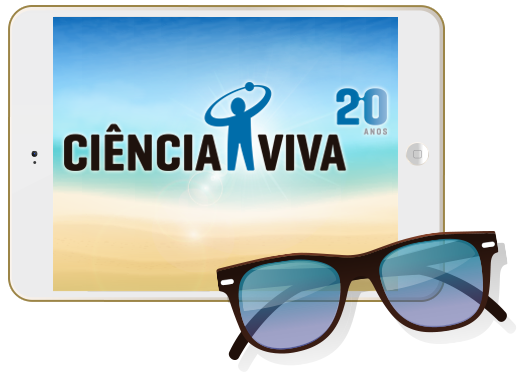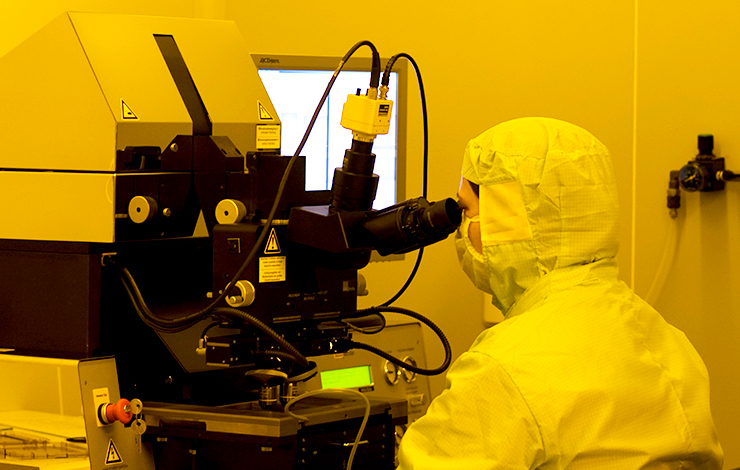


Laser joining of NiTi to Ti6Al4V using a Niobium interlayer
| Title | Laser joining of NiTi to Ti6Al4V using a Niobium interlayer |
| Publication Type | Journal Article |
| Year of Publication | 2016 |
| Authors | b Oliveira JP a, Panton B b, c Zeng Z b, Andrei CM d, Zhou Y b, Miranda RM e, Fernandes FMB a |
| Journal | Acta Materialia |
| Volume | 105 |
| Pagination | 9-15 |
| ISSN | 13596454 |
| Keywords | Aerospace field, Dissimilar materials, Eutectic reactions, High melting point, High resolution transmission electron microscopy, Intermetallics, Joining, Joining techniques, Laser joining, Mechanical testing, Melting point, Microstructure, Niobium, NiTi, Tensile strength, Tensile testing, Ti-6al-4v, Transmission electron microscopy, Ultimate tensile strength |
| Abstract | Joining NiTi to Ti6Al4V is of great interest for applications in the biomedical and aerospace fields. Despite the importance, no joining techniques have been developed that avoid the formation of brittle intermetallics to produce high strength joints. In this work, Niobium was used as an interlayer to prevent the formation of these brittle phases when joining NiTi to Ti6Al4V. The presence of this interlayer ensured that crack free welds were obtained and no brittle intermetallic compounds were observed. The Niobium interlayer was of a much higher melting temperature than the base materials so the bulk Niobium did not melt during the joining process, acting as a diffusion barrier between the NiTi and Ti6Al4V. The laser was focused on the Ti6Al4V side of the joint, which joined the Ti6Al4V and Niobium by fusion welding. At this interface a (Ti, Nb) region was formed due to dilution of the Niobium and mixing with the Ti6Al4V. At the NiTi-Nb interface a eutectic reaction was responsible for joining. Mechanical testing of the joints revealed that the minimum tensile strength matched the ultimate tensile strength of the weakest material, Niobium. These results highlight new possibilities for the use of high melting point filler materials when joining NiTi to dissimilar materials, so that the formation of undesired phases can be avoided. © 2015 Acta Materialia Inc. |
| URL | https://www.scopus.com/inward/record.uri?eid=2-s2.0-84951336326&doi=10.1016%2fj.actamat.2015.12.021&partnerID=40&md5=a8efcaa7e7a4b5b9a2587e00d4d48397 |
| DOI | 10.1016/j.actamat.2015.12.021 |








